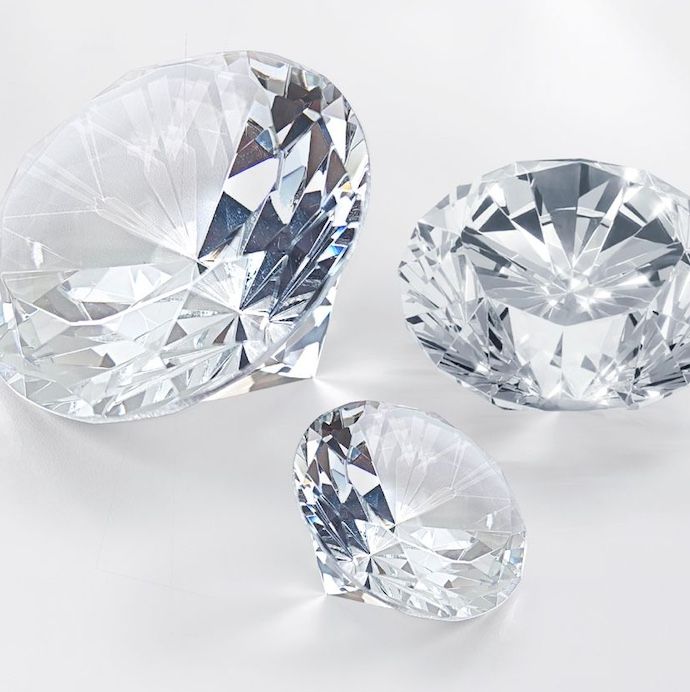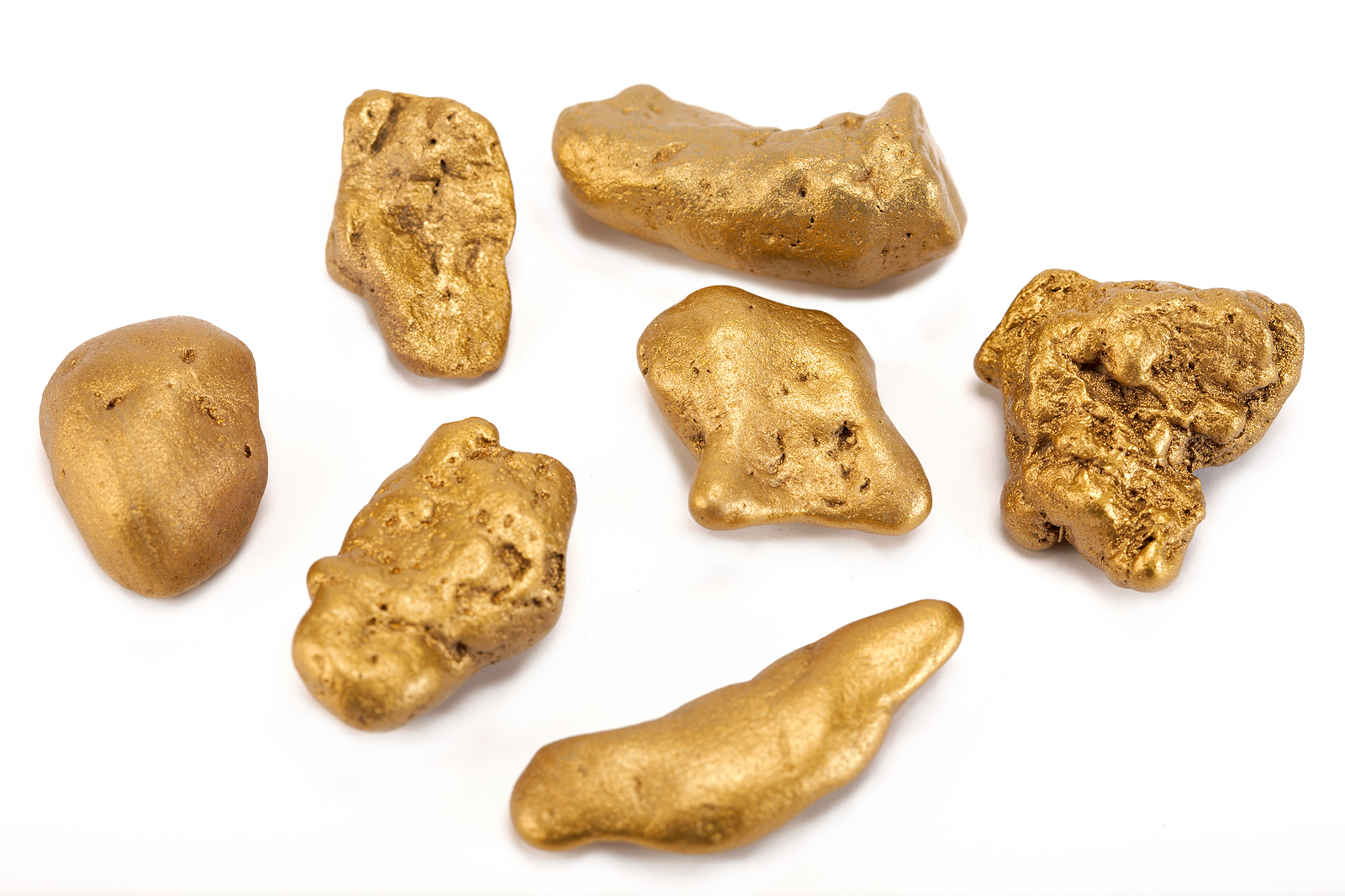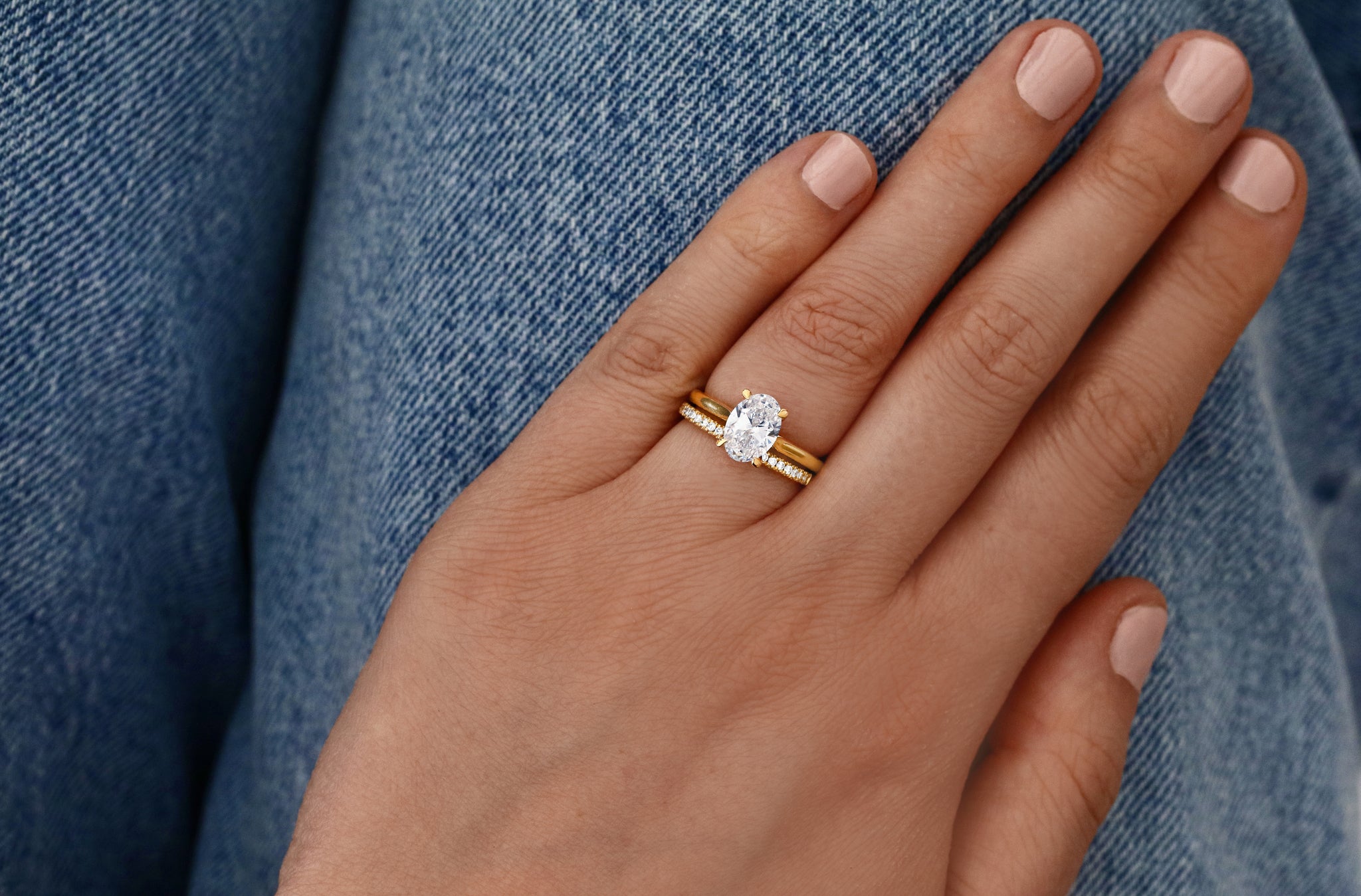In today’s jewelry market, lab diamonds are gaining popularity as savvy consumers seek alternatives to traditional mined diamonds. While they offer similar beauty and durability, lab-grown diamonds differ significantly in origin and cost-effectiveness. Whether you’re considering an engagement ring, a pair of earrings, or a pendant, understanding the nuances of lab diamonds can help you make an informed decision.
What are Lab Diamonds?
Lab diamonds are created in controlled environments using advanced technological processes that mimic the natural diamond-growing conditions. Unlike natural diamonds formed over millions of years beneath the Earth’s crust, lab diamonds are typically grown in weeks or months under strict laboratory conditions.
Key Characteristics of Lab Diamonds
Lab diamonds possess the same physical, chemical, and optical properties as natural diamonds. They are composed of pure carbon arranged in a crystalline structure, making them visually indistinguishable from mined diamonds. The primary difference lies in their origin and how they are formed.
Advantages of Buying Lab Diamonds
Buying lab diamonds offers several advantages that appeal to both consumers and ethical considerations. Here are some compelling reasons why they might be the right choice for your next jewelry purchase:
Affordability
One of the most significant advantages of buy lab diamonds is their price. On average, lab-grown diamonds cost approximately 20-40% less than natural diamonds of comparable quality. This affordability allows buyers to choose larger or higher-quality stones within their budget.
Ethical Considerations
Unlike natural diamonds, which may be associated with ethical concerns such as mining practices and labor conditions, lab-grown diamonds are conflict-free. They are produced with minimal environmental impact and adhere to strict labor laws and ethical guidelines.
Environmental Impact
The environmental footprint of lab-grown diamonds is significantly smaller compared to mined diamonds. By reducing the demand for mining, lab diamonds help conserve natural resources and minimize habitat disruption.
Quality Factors in Lab Diamonds
When purchasing a lab-grown diamond, it’s essential to understand the quality factors that determine its value and appearance. These factors mirror those used to evaluate natural diamonds:
Color
Lab diamonds come in various colors, from colorless to fancy vivid hues. The absence of impurities often results in a higher color grade, such as D or E, which are considered rare and valuable.
Clarity
Clarity refers to the presence of internal or external flaws, known as inclusions or blemishes. Lab diamonds typically have fewer imperfections than natural diamonds, leading to higher clarity grades.
Cut
The cut of a diamond influences its brilliance and sparkle. Well-cut lab created diamonds maximize light reflection, creating a mesmerizing display of brilliance and fire.
Carat Weight
Carat weight measures the size of the diamond and is a significant factor in its pricing. Lab diamonds are available in a wide range of carat weights, catering to different preferences and budgets.
How to Choose a Lab Diamond
Selecting the right lab diamond involves considering various factors to ensure you get the best value and quality. Here’s a step-by-step guide to help you make an informed decision:
- Determine Your Budget: Set a realistic budget based on your financial capacity and desired diamond characteristics.
- Understand the 4Cs: Familiarize yourself with the 4Cs (Color, Clarity, Cut, Carat Weight) and prioritize which factors are most important to you.
- Research Reputable Retailers: Choose a trusted jeweler or online retailer known for their quality assurance and customer service.
- Review Certification: Ensure the lab diamond comes with a reputable certification, such as from the Gemological Institute of America (GIA), verifying its authenticity and quality.
- Compare Options: Explore different lab-grown diamonds within your criteria to find the one that best meets your preferences.
Comparison: Lab vs. Natural Diamonds
While lab diamonds share many characteristics with natural diamonds, there are key distinctions worth noting:
- Origin: Natural diamonds form naturally in the Earth’s mantle over millions of years, while lab diamonds are created in controlled environments.
- Cost: Lab diamonds are generally more affordable than natural diamonds of similar quality due to lower production costs and ethical sourcing.
- Availability: Natural diamonds are limited by geological factors, whereas lab diamonds can be produced on demand, ensuring availability.
Popular Brands and Retailers
Several reputable brands and retailers specialize in lab-grown diamonds, offering a wide range of designs and customization options. Some well-known names include Ada Diamonds, Brilliant Earth, and James Allen, each known for their commitment to quality and ethical practices.
Cost Comparison
The cost of lab-grown diamonds varies based on size, quality, and retailer markup. Generally, you can expect to pay less for a lab diamond compared to a natural diamond of similar specifications. Prices can range from a few hundred to several thousand dollars per carat, making them accessible to a broader range of consumers.
Certifications and Guarantees
When purchasing a lab diamond, it’s crucial to obtain a certificate from a reputable gemological laboratory like GIA or IGI. These certifications provide assurance of the diamond’s authenticity, quality, and characteristics, giving you peace of mind in your purchase. Additionally, reputable retailers often offer warranties or guarantees that cover manufacturing defects and other unforeseen issues.
Customization Options
One of the appealing aspects of buying a lab-grown diamond is the ability to customize your jewelry piece to reflect your personal style and preferences. Many retailers offer options for selecting the diamond shape, setting, and metal type, allowing you to create a unique and meaningful piece of jewelry.
Care and Maintenance Tips
To keep your lab diamond looking its best, follow these care tips:
- Regular Cleaning: Clean your diamond regularly using a mild detergent and a soft brush to remove dirt and oils.
- Avoid Harsh Chemicals: Keep your diamond away from chemicals that can damage its brilliance, such as chlorine and household cleaners.
- Professional Inspections: Periodically have your jewelry inspected by a professional jeweler to ensure the setting is secure and the diamond is in good condition.
Customer Reviews and Testimonials
Many buyers of lab-grown diamonds are enthusiastic about their purchase, citing the affordability, ethical considerations, and beauty of the stones. Positive reviews highlight customer satisfaction with the quality and service provided by reputable retailers.
Common Misconceptions
Despite their growing popularity, there are still misconceptions about lab-grown diamonds:
- Quality: Some believe lab diamonds are of inferior quality, but in reality, they offer the same brilliance and durability as natural diamonds.
- Value: Concerns about resale value persist, but as awareness grows, lab diamonds are increasingly recognized for their intrinsic value and beauty.
Environmental Impact
Choosing a lab-grown diamond supports sustainable practices and reduces the demand for mined diamonds, thereby minimizing environmental impact. By opting for a lab diamond, you contribute to conservation efforts and promote eco-friendly alternatives in the jewelry industry.
Future Trends in Lab Diamonds
The future of lab-grown diamonds looks promising with advancements in technology and increased consumer awareness. As demand grows, innovation in diamond cultivation techniques and designs will continue to evolve, offering more choices and opportunities for customization.
Conclusion
In conclusion, buying lab diamonds offers a blend of affordability, ethical sourcing, and environmental sustainability without compromising on beauty or quality. Whether you’re purchasing an engagement ring, a pair of earrings, or a special gift, lab-grown diamonds provide a compelling alternative to mined diamonds with their unique advantages and characteristics.





